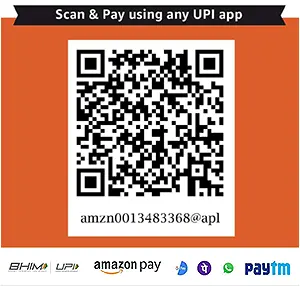AWS Cloud Architect
Learn Amazon AWS Certified Solutions Architect certification (SAA-C03) in Pune India
Duration: 28+ hours
Trainer: Manoj Mahajan, MCT, 27+ yrs exp.»
Delivery: Instructor-led Shared, 1 to 1 or offline
 The AWS Cloud Architect is the #1 cloud certification for 2 years in a row. With average salaries above $100,000 USD. An Amazon Web Services (AWS) certification is a must-have for any IT professional.
The AWS Cloud Architect is the #1 cloud certification for 2 years in a row. With average salaries above $100,000 USD. An Amazon Web Services (AWS) certification is a must-have for any IT professional.
This AWS Certified Solutions Architect-Associate (SAA-C03) training program is designed to give you hands-on exposure to gain technical expertise in architecting, deploying, managing, and operating highly scalable fault tolerant system on the AWS platform.
Offline study kit is available for this course! Study at your own pace and speed using it. Purchase using above payment options.
Expected Outcomes:
- Become familiar with the AWS platform and Cloud computing
- Become Amazon Certified - Pass the AWS global certifications. Check exams tab above.
Prerequisites
- IT professionals/developers with some experience
- Knowledge such as OSI model, TCP/IP model, IP addressing details
- Basic knowledge of OS configuration: Disk management, Networking setting, software installation, etc.
- AWS absolute beginners - No prior AWS experience necessary
- Also attend our FREE Cloud computing essentials webinar.
View Demo:
Key Features
Real-time 1 to 1 interaction
Download short notes
Global certification guidance
Get an attendance certificate

The AWS Certified Solutions Architect – Associate exam (SAA-C03) is broken down into 4 domains. The table below lists the main content domains and their weightings.
| Domain | % of Exam |
|---|---|
| Domain 1: Design Secure Architectures | 30% |
| Domain 2: Design Resilient Architectures | 26% |
| Domain 3: Design High-Performing Architectures | 24% |
| Domain 4: Design Cost-Optimized Architectures | 20% |
| TOTAL | 100% |
This course covers following topics:
1. Cloud Computing Concepts
|
2. AWS Cloud Overview
|
3. Services and Categories
|
4. Understanding and Using AWS Compute Services
|
5. IAM (Identity & Access Management)
|
6. Understanding and Configuring AWS storage services
|
7. Understanding and Configuring Amazon Virtual Private Cloud (VPC)
|
8. Reliability in AWS
|
9. AWS Database Services
|
10. Monitoring and security services
|
11. Application integration and other AWS services
|
12. AWS Security and Design Principles
|
13. AWS Certifications & exam registration process
|
After completing this training, you can appear for AWS Certified Solutions Architect-Associate (SAA-C03). Exam details:
- Pricing: $150 USD
- Time: 130 minutes to complete the exam
- Total Questions: 65
- Question types:There are two types of questions on the exam:
- Multiple choice: Has one correct response and three incorrect responses (distractors)
- Multiple response: Has two or more correct responses out of five or more response options
- Total marks:Your results for the examination are reported as a score from 100-1000 marks.
- Passing: You need minimum passing score of 720 marks



